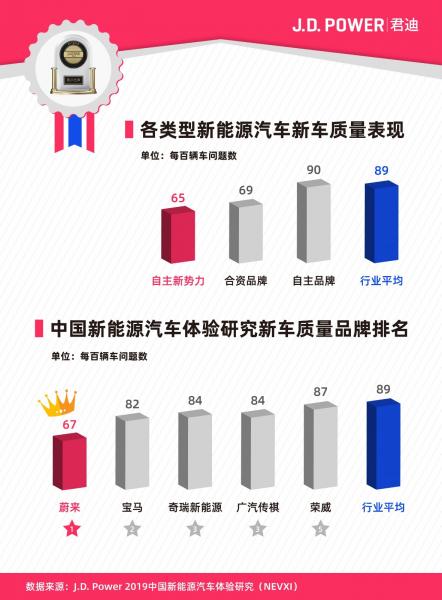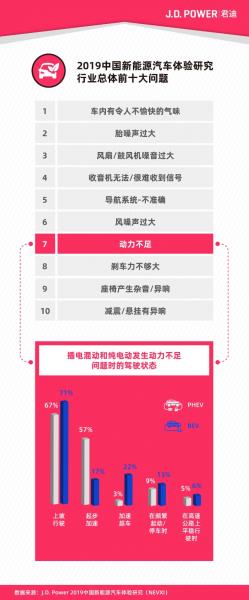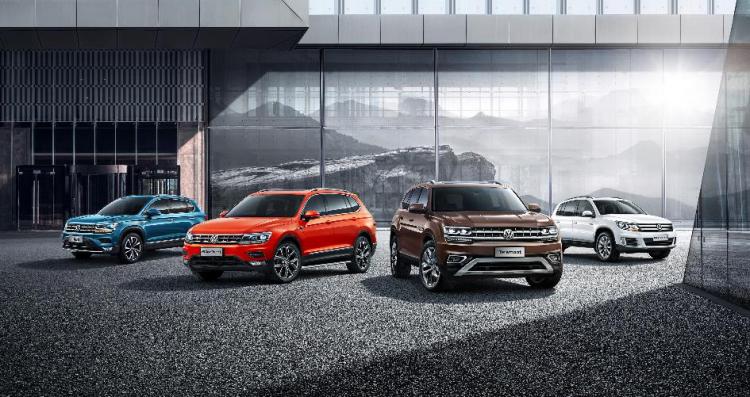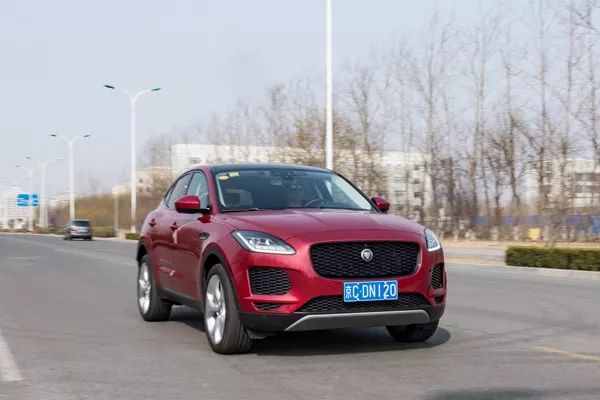Given that China is already the largest new energy vehicle market in the world, JD Power (Jundi), a world-leading consumer insight and market research organization, officially released the first China New Energy Vehicle Experience Study (NEVXI) a few days ago. Research shows that new energy vehicles face both traditional quality problems and quality problems unique to new energy vehicles. The three camps of new energy vehicles – self-owned brands, joint venture brands and new forces – need to solve their own unique quality problems in order to improve product competitiveness and win the favor of consumers. Cai Ming, general manager of JD Power China’s automotive product division, gave an in-depth interpretation of China’s new energy vehicle experience research.
“First Year” of New Energy Vehicle Experience Research (NEVXI)
Up to now, the overall number of new energy vehicles in China has reached more than 3.4 million, of which more than 2.8 million are pure electric vehicles, accounting for more than half of the global number of new energy vehicles. A sufficiently large base makes it possible for JD Power to conduct targeted research on new energy vehicles as an independent object. The first launch of new energy vehicle experience research is a milestone for JD Power China. This is the first time that JD Power launched an independent research in China, breaking away from the research system of the United States.
The overall research structure of JD Power’s China New Energy Vehicle Experience Study (NEVXI) is similar to that of China’s Initial Quality Study (IQS), but there are also differences. New energy vehicle quality research covers nine categories, and the categories that overlap with traditional new car quality research include: body interior, body appearance, seats, air conditioning system, configuration/control/dashboard, audio/communication/entertainment/navigation, and driving experience. The difference from traditional new car quality research is that IQS has engines and transmission systems, while NEVXI disassembles this category into two categories: batteries and transmission systems.
The overall research results of JD Power this year show that the average number of problems per 100 vehicles (PP100) of new energy vehicles in the industry as a whole shows 89 PP100, that is, there are 89 problems per 100 vehicles. Comparing the PP100 of NEVXI and IQS, it can be found that the top three categories of problems raised by new energy vehicle users are: body interior, body appearance and driving experience. This result is very different from the traditional new car quality research results. Similar to traditional quality problems.
In terms of brand performance, the new energy vehicle experience research divides brands into three categories: independent new forces, that is, what we call new forces making cars, joint venture brands, and new energy companies in traditional independent brands. Independent new forces ranked first with 65 PP100, joint venture brands with 69 PP100, the industry average of 89 PP100, self-owned brands slightly lower than the industry average of 90 PP100. The industry brand that won the first place is Weilai (67 PP100), BMW (82 PP100) ranked second, Chery New Energy and GAC Trumpchi tied for third with 84 PP100 respectively, and the industry average is also Roewe (87 PP100) ranked fifth.

JD Power China’s New Energy Vehicle Experience Research Ranking of Various Brands
“Old problems” of new energy vehicles
A large part of the problems exposed by new energy vehicles are the same as those of traditional fuel vehicles. We call them “old problems” of new energy vehicles. Comparing NEVXI with the top ten questions of IQS, it can be found that six of them are the same, with an overlap of 60%. At the same time, the top ten problems of new energy vehicles account for more than 25% of the industry’s overall PP100, including problems such as odor, noise and abnormal noise in the car. From the data of JD Power, it can be seen that noise problems account for five of the top ten in NEVXI and six in traditional IQS. It can be seen that whether it is a traditional car company or a new energy car company, solving the noise problem is very important for consumer satisfaction.
After observing the two major models of new energy vehicles, plug-in hybrid and pure electric, JD Power found that the top ten problems of plug-in hybrid and pure electric also have a high degree of overlap. 80% of the top ten problems complained by plug-in hybrid car owners are traditional problems, while the top ten problems of pure electric car owners are all traditional problems. In the plug-in hybrid market segment, there are two problems raised by car owners. One is the noise of the power system (3.5 PP100), and the other is the slow charging speed of the battery (2 PP100). This is different from plug-in hybrids. For pure electric parts. Regardless of whether it is a plug-in hybrid or a pure electric user, the problem of odor in the car ranks first.
There are also certain differences in quality performance between plug-in hybrids and pure electric vehicles. Plug-in hybrid has two problems that are different from pure electric. First, the abnormal sound of the power system is more prominent (2.6 PP100 more than pure electric); second, there is obvious frustration during driving (higher than pure electric). 1.6 PP100). The engine in the plug-in hybrid model may be the cause of the rattling and hesitation. Similarly, pure electric models also have two problems that are higher than plug-in hybrids, namely insufficient power (1.4 PP100 higher than hybrids) and insufficient braking force (1.7 PP100 higher than plug-in hybrids).

Differences in quality issues between plug-in hybrid and pure electric vehicles
“New problems” of new energy vehicles
Among the self-owned brand new energy vehicles, the most complained about among the top ten problems is “insufficient power”, which is not obvious in the other two categories of vehicles. For joint venture brands, abnormal mileage attenuation, battery charging problems and slow charging speed are the most common problems raised by car owners. As far as new power brands are concerned, two of the top ten categories of problems are built-in voice recognition and built-in Bluetooth phones, which do not appear in the other two categories of brands.
The “new” problem of self-owned brand new energy vehicles – power system
The problem of insufficient power ranks seventh among the top ten problems of JD Power’s self-owned brand. This problem has not been seriously mentioned by fuel vehicle users, and it is a unique problem of new energy vehicles. Pure electric vehicles have strong starting acceleration capabilities, and even car companies use the starting acceleration time as a promotional highlight. The power problem mentioned here is more about the weak links displayed when going uphill and the performance when accelerating and overtaking. After the current speed exceeds 100 kilometers, the power of electric vehicles to overtake appears to be insufficient. On the other hand, due to the different heating methods of the air conditioner in the pure electric vehicle, the pure electric vehicle will also suffer from insufficient power when heating.

Underpowered driving conditions (plug-in hybrid and pure electric comparison)
The “new” problem of joint venture brand new energy vehicles – batteries and motors
The new problems of the joint venture brand are reflected in the “battery” and “motor/transmission system”. The owner pointed out that after the charging reaches 70%, the speed will slow down significantly. In addition, abnormal mileage attenuation is also a major problem. While new energy vehicles want to gain more market share, car companies are also obliged to explain the advantages and disadvantages of vehicles to ordinary consumers more clearly, and do more popular education for the market.
The “new” problem of new energy vehicles made by new forces-intelligent interconnection
For new car manufacturers, smart interconnection, entertainment and communication configurations such as touch screens, voice recognition, Bluetooth phone/playback and navigation systems are all invested more than traditional car companies, which is basically the same as joint venture brands. However, user complaints are also more frequent. In the future, new power brands need to improve the user experience according to the actual needs of users, so that it is more in line with the user’s usage habits and closer to the user’s expectations. This will actually be a severe challenge for any car company.




